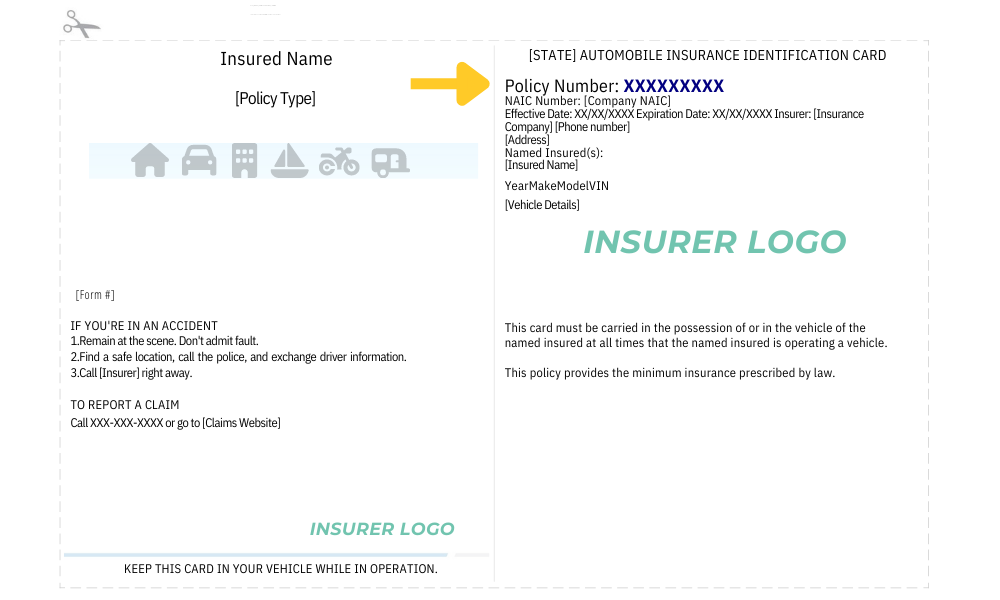Insurance Policy Primer: Understand Coverage with Confidence
Technically, your insurance policy is the lengthy document that outlines the coverages and exclusions for any type of insurance. It's actually a legal contract between you and your insurer -- which is why the language can be complex and somewhat hard to understand. If you can handle the legalese and you have enough patience, you can answer nearly any question about your coverage by reading that policy. Most people don't, though, and prefer to call the agent, broker, or insurer directly when questions arise.
Even if you don't have immediate questions about your insurance coverage, there are some key pieces of information you should know about your policy. These are your insurance policy number, the effective dates of your coverage, the types of coverage you have and the limits, your deductibles, and exclusions. Here's a look at each in more detail.
SUMMARY
Your insurance policy number
Your insurance policy number identifies you within your insurer's systems. When you initiate new car, health, or homeowners insurance, always take note of your policy number as you'll need it anytime you call your insurer. Your car and health insurer will provide an ID card that documents your policy number (see example car insurance card below). You should carry these with you, but it's smart to store a photocopy of them in a safe place, too.
You can find your homeowners insurance policy number on your declarations page. This is a one-page summary of your coverages that your insurer sends to you when you initiate or renew your coverage.
Effective dates of your coverage
Even if you have your insurance premiums on autopay, it's smart to add your insurance start and end dates to your calendar. That way, if a payment fails for some reason, you have a backup reminder to verify that you have paid the bill and your insurer will renew your coverage on schedule. You can also print out new ID cards at the same time.
You can find the start and end dates of your coverage on your ID cards and your policy declarations page.
Coverage limits
You don't need to memorize your coverage limits, but you should know where to find them within your policy. For your auto and homeowners insurance, look to your declarations page or your insurance binder first. You should see various limits applied to different types of coverage.
For example, your bodily injury liability might pay up to $100,000 per person and up to $300,000 per accident for medical expenses that result from an accident when you are at fault. But then you'd have a separate limit for your property damage liability coverage.
Your health plan will also have coverage limits and they're usually based on the type of service.1 For example, your insurer might cover a portion of your chiropractic fees on a maximum of 12 visits per year. If you have healthcare through your employer, ask your plan administrator to point you to the policy documentation that outlines your coverage limits.
Deductibles, copays
Your deductibles and copayments dictate how much you have to pay when you file a claim or use your insurance. Many healthcare insurance cards will show your copayments for doctors' visits and prescriptions.2 You can find your deductibles for your auto and homeowners insurance on your declarations page or your insurance binder.
Exclusions
Knowing the general exclusions on your insurance policy can spare you from frustrating claims denials. For example, most car insurers have a permissive use policy, meaning that if you lend your car to someone else, your insurance remains in force. But if your insurer excludes permissive use coverage, you should know that before your friend drives your car. That's why it's wise to read through your exclusions, particularly for your home and auto insurance. You can find exclusions in the policy itself.
You don't have to read your insurance policy cover to cover, but you should note the key points -- and then keep a copy somewhere you can find it later.
- Annual limit - HEALTHCARE.GOV GLOSSARY. (n.d.). Retrieved February 10, 2023, from https://www.healthcare.gov/glossary/annual-limit/
- Levy, H. (2020, September 17). What's a copay? Copayments and your health insurance. Retrieved February 9, 2023, from https://healthcareinsider.com/what-is-a-copayment-198155


Trying to find the best insurance?
We'll help you find the policy that offers the best value for your situation.


